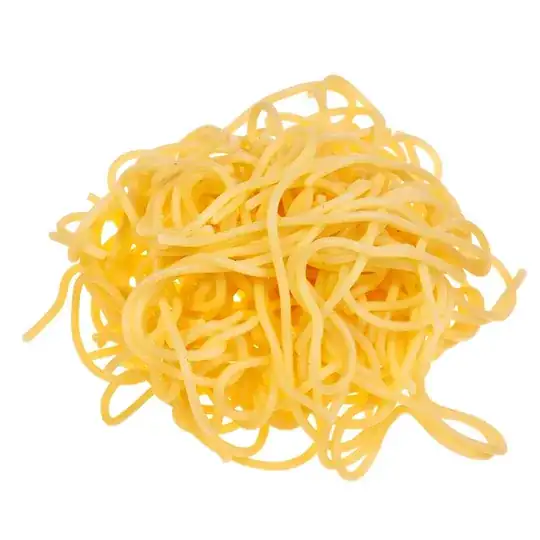Let's say a family member asked me to try cooking lo mein for dinner, but I don't have time to stop by a big enough grocery store to get Asian noodles. I do, however, have spaghetti in the cupboard.
Are spaghetti noodles a reasonable approximation for lo mein noodles? (As far I understand it, they're both wheat-based.) What textural or flavor differences would I encounter with this substitution?

